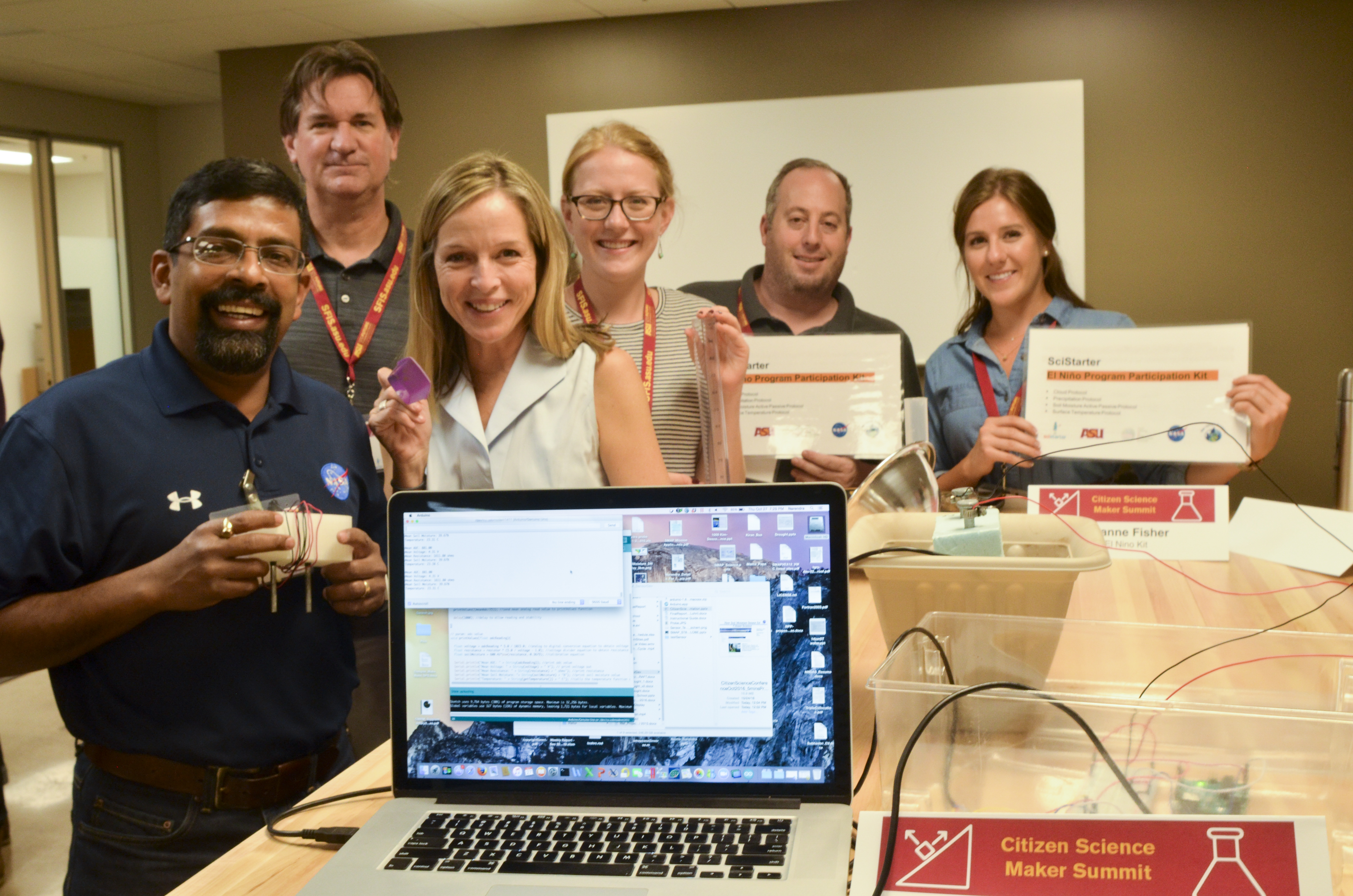Abstract: Background: The wide availability of the Internet and the growth of digital communication technologies have become an important tool for epidemiological studies and health surveillance. Influenzanet is a participatory surveillance system monitoring the incidence of influenza-like illness (ILI) in Europe since 2003. It is based on data provided by volunteers who self-report their symptoms via the Internet throughout the influenza season and currently involves 10 countries.
Objective: In this paper, we describe the Influenzanet system and provide an overview of results from several analyses that have been performed with the collected data, which include participant representativeness analyses, data validation (comparing ILI incidence rates between Influenzanet and sentinel medical practice networks), identification of ILI risk factors, and influenza vaccine effectiveness (VE) studies previously published. Additionally, we present new VE analyses for the Netherlands, stratified by age and chronic illness and offer suggestions for further work and considerations on the continuity and sustainability of the participatory system.
Methods: Influenzanet comprises country-specific websites where residents can register to become volunteers to support influenza surveillance and have access to influenza-related information. Participants are recruited through different communication channels. Following registration, volunteers submit an intake questionnaire with their postal code and sociodemographic and medical characteristics, after which they are invited to report their symptoms via a weekly electronic newsletter reminder. Several thousands of participants have been engaged yearly in Influenzanet, with over 36,000 volunteers in the 2015-16 season alone.
Results: In summary, for some traits and in some countries (eg, influenza vaccination rates in the Netherlands), Influenzanet participants were representative of the general population. However, for other traits, they were not (eg, participants underrepresent the youngest and oldest age groups in 7 countries). The incidence of ILI in Influenzanet was found to be closely correlated although quantitatively higher than that obtained by the sentinel medical practice networks. Various risk factors for acquiring an ILI infection were identified. The VE studies performed with Influenzanet data suggest that this surveillance system could develop into a complementary tool to measure the effectiveness of the influenza vaccine, eventually in real time.
Conclusions: Results from these analyses illustrate that Influenzanet has developed into a fast and flexible monitoring system that can complement the traditional influenza surveillance performed by sentinel medical practices. The uniformity of Influenzanet allows for direct comparison of ILI rates between countries. It also has the important advantage of yielding individual data, which can be used to identify risk factors. The way in which the Influenzanet system is constructed allows the collection of data that could be extended beyond those of ILI cases to monitor pandemic influenza and other common or emerging diseases.
Source: Koppeschaar, C.E., Colizza, V., Guerrisi, C., Turbelin, C., Duggan, J., Edmunds, W.J., Kjelsø, C., Mexia, R., Moreno, Y., Meloni, S., Paolotti, D., Perrotta, D., van Straten, E., Franco, A.O., 2017. Influenzanet: Citizens Among 10 Countries Collaborating to Monitor Influenza in Europe. JMIR Public Health Surveill 3(3): e66. DOI: 10.2196/publichealth.7429
